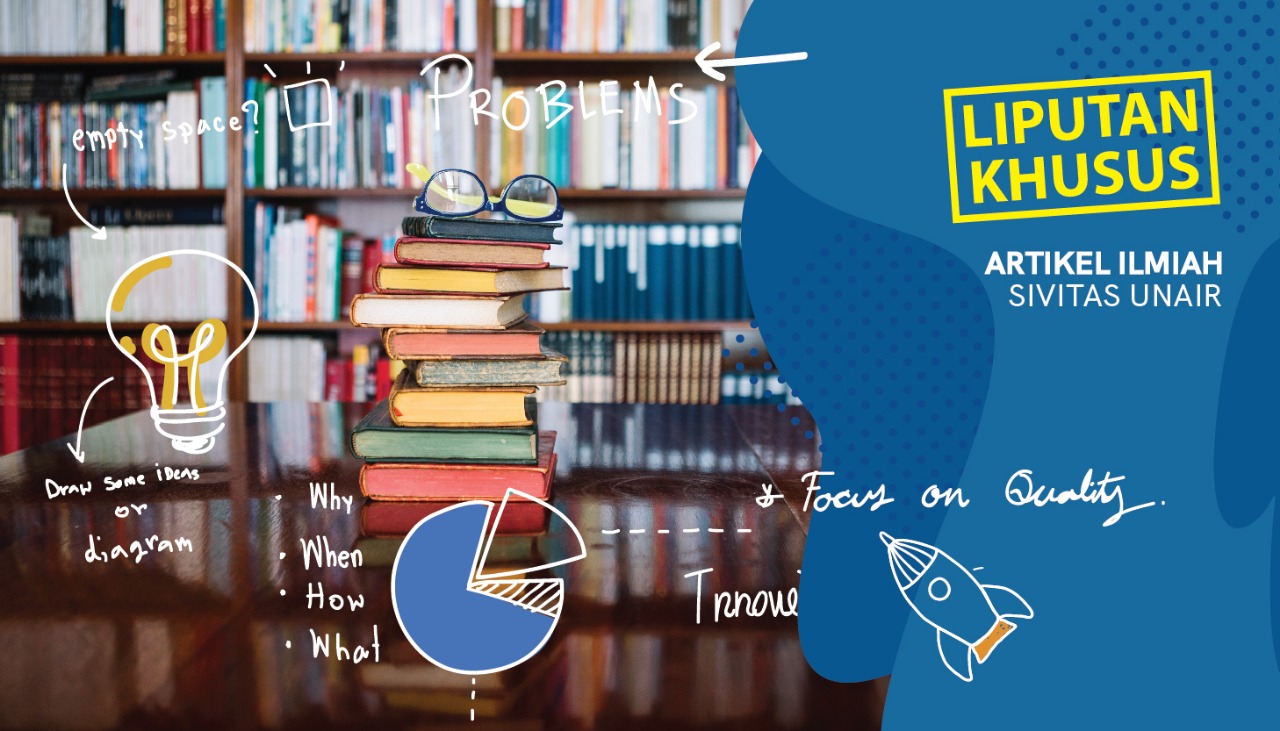UNAIR NEWS – Faculty of Science and Technology, Universitas Airlangga has become one of the faculties that contribute to extraordinary research. Professors and scientists from FST UNAIR consistently conducted various studies. One of them, Dr. Handoko Darmokoesoemo, Drs., DEA.
Handoko studying about “Heavy Metal Ion Allowance”. Before reviewing more deeply about his study, Handoko first explained one crucial component of the survey conducted. According to him, water is one type of chemical compound that is highly needed and cannot be separated from human life.
“Although it has many benefits, water can also be a disaster or threat to humans if the quantity and quality are not available and are not controlled under the right conditions,” he said.
The availability of water continued Handoko, which meets clean water standards is very much needed. As for everyday needs, industrial needs, agriculture, urban sanitation hygiene, and other needs. One of the sector activities that significantly influence the state of the water environment, he said, both in terms of quantity and quality is industrial sector activities.
“The industrial sector is one of the main pillars of the Indonesian economy and requires a lot of water for the production process or other industrial activities,” he said.
Furthermore, Handoko said the industrial activities that occurred caused several problems. One of them is the problem in controlling aquatic environmental pollution due to these industrial activities that produce waste, especially liquid waste.
These things become one of the factors that influence the water environment quality that holds the effluent. Some industries do not process their waste correctly or following the quality standards of wastewater that are allowed before the liquid waste is discharged into the environment.
“This happens because of the lack of awareness and limited human resources who have skills in waste management,” he said.
In the end, Handoko asserted that various methods for removal of heavy metal ions from the aquatic environment had been developed in recent decades. Multiple ways, he explained, include ion exchange methods, reverse osmosis, membrane-based filtration for precipitation in compound forms, electrocoagulation, precipitation, and adsorption.
“Generally adsorption is a simpler method, has high effectiveness, environmentally friendly, economical, and is easy to operate when compared to some other methods,” he concluded.
Author: Nuri Hermawan
Editor: Khefti Al Mawalia
Reference: http://www.envirobiotechjournals.com/article_abstract.php?aid=9722&iid=277&jid=4
Dr. Handoko Darmokoesoemo, Drs., DEA. Mechanism of Mass Transport and Calculation of Free Energy for The Adsorption of Pb (Ii) Ion by Adsorbent Made From Solid Tofu Waste Immobilized on Silica Surface





